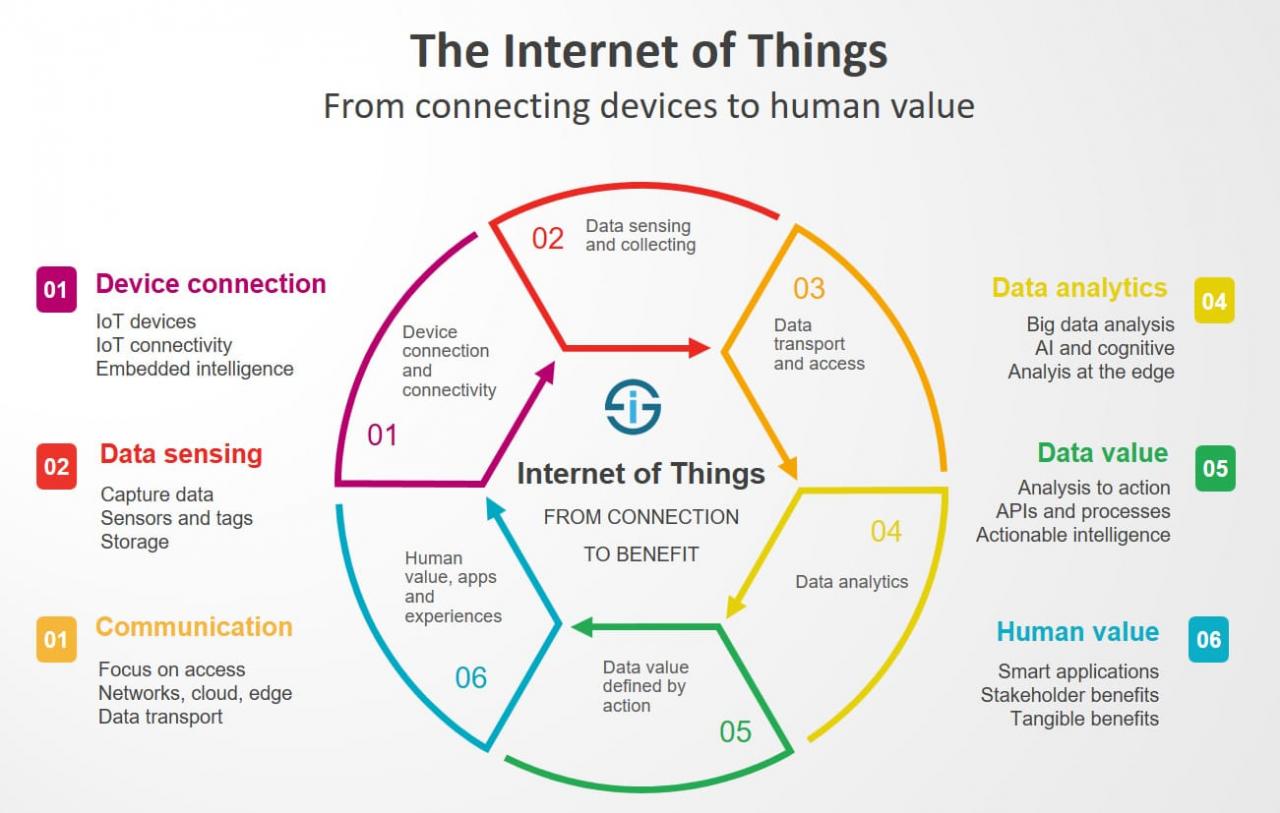
The early adoption of the Internet of Things (IoT) is proof that a completely connected universe will be a reality in the not so distant future. Soon enough, our garage door opener will communicate with the lights inside our homes and our coffee makers will be linked to our iPhone alarms. Everything will be controlled from the devices in our pockets and the wearables on our wrists.
In general, as consumers, we focus mainly on the end product – the benefits or entertainment it delivers, what is different, how it has improved, or how it makes our lives easier. We rarely stop to think about what is actually enabling these advancements.
A recent Deloitte Global and US Council on Competitiveness study identifies 10 of the most promising innovations and why they are important. Among them are IoT, predictive analytics, smart factories, and high-performance computing. What may surprise most consumers is that advanced materials also ranked high on the list. The importance of advanced materials is common knowledge among the leading companies that develop and manufacture next generation products. In fact, advancements in materials technology have been the genesis for all of the computing devices that have become critical to our daily lives. Developing the next generation of advanced materials starts at the molecular/atomic scale where properties can be amplified and fine-tuned. The most powerful of these advanced materials are referred to as nanomaterials. These nanomaterials can be used to deliver applications ranging from revolutionary drug delivery to dramatically more efficient lighting to mobile devices that help to manage our world. The cumulative effect of advanced materials innovation has been to deliver a vast array of transformational products that continue to improve the human experience.
How are the leading manufacturers across numerous industries leveraging these advanced materials to deliver breakthroughs in medicine, lighting, cars and iPads? How are they constantly improving on these innovations? And how do they fit into the IoT landscape?
Simply answered, they partner with the leading companies that are delivering the biggest advancements in nanomaterial technology, making the largest investments in materials R&D, and finding ways to deliver solutions at commercial scale. The leading electronics manufacturers (Apple, LG, Samsung, etc.) are fiercely competing to deliver faster processors, brighter lights, thinner devices and more flexible screens that their customers are continually demanding. Advanced materials manufacturers enable these companies to create revolutionary products at an ever-accelerating pace, while at the same time reducing costs, time to market, and their environmental footprint.
What makes one type of material better than the other? It’s all about the process. Advanced materials manufacturers need to perfect their processes in order to provide the control and flexibility demanded by their customers. In applications such as lighting, for instance, they need products that deliver more light output, with near perfect transparency, that have a long life time. Our company, Pixelligent, has found a way to create such an environment through delivering next generation, nanotechnology-based solutions at commercial pricing and scale. Our “secret sauce” – the PixClearProcess – ensures that consumer products that incorporate our technology are higher quality and more efficient. What was once a distant nanotechnology future is now a reality: a set of highly valuable advanced materials that can be delivered in meaningful volumes with the right value proposition to the commercial marketplace.
Almost every chemical and manufacturing company you can name is using advanced materials to drive their products forward and offer more innovative options to their customers. Today, three of the five largest global chemical companies are working with Pixelligent, and several of the top 50 advanced materials companies are our customers.
Stay tuned for my next blog post, which takes a deeper look at how advanced materials and nanotechnology is driving innovation and efficiency in the lighting industry.


